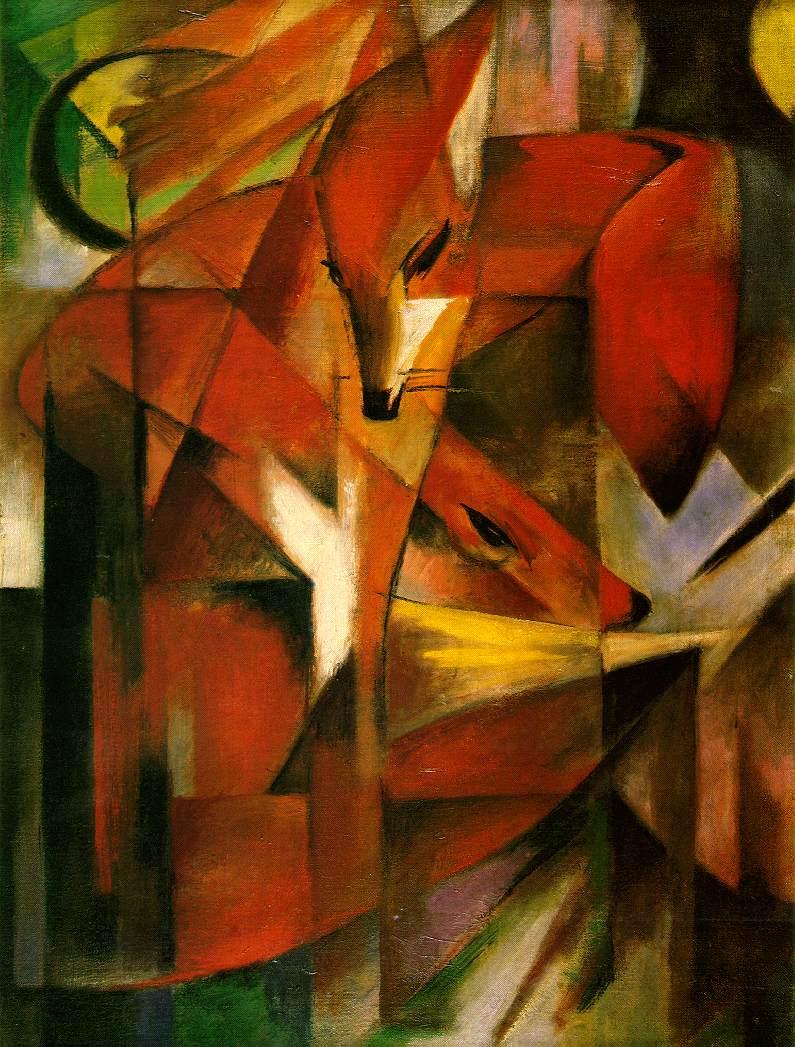The Golden Age of Illustration – 1880s to 1920s

Last Monday’s Art – Futurism
Next Monday’s Art – Gothic Art
Top of post: “The Golden Age of Illustration” graphic created by Adrean Darce Brent
Below: “Monday Morning Museum” logo created by Adrean Darce Brent
The American "golden age of illustration" lasted from the 1880s until shortly after World War I (although the active career of several later "golden age" illustrators went on for another few decades). As in Europe a few decades earlier, newspapers, mass market magazines, and illustrated books had become the dominant media of public consumption. Improvements in printing technology freed illustrators to experiment with color and new rendering techniques. A small group of illustrators in this time became rich and famous. The imagery they created was a portrait of American aspirations of the time. – Wikipedia.orgIn addition to Aubrey Beardsley (see art example below), other illustrators of the golden age are Edmund Dulac, Kay Nielsen, Howard Pyle, Maxfield Parrish and Joseph Christian Leyendecker.
Isolde, 1895 by Aubrey Beardsley (1872-1898)
The heroine in the Tristan legend. Isolde the Fair was the daughter of King Gorman of Ireland and the Elder Isolde, sister of Morholt (Marhaus). In the Prose Tristan, Isolde's father was called Anguin, while in Malory's Le Morte d'Arthur, the king was called Agwisance. Isolde was known as Isolde La Beale ("Isolde the Fair"), and Isolde de Blonde.
Isolde was famous for been the lover of Tristan (Tristram). Tristan came to woo Isolde for his uncle, King Mark of Cornwall, but the pair accidentally drank love potion, falling instantly in love with one another. Even though Isolde was married to King Mark, she secretly committed adultery with Tristan.
In all the stories, Isolde died of grief when Tristan was killed. There are too many versions on how they died to be told here.
Isolde's loyal companion and maidservant (or lady-in-waiting) was named Brangwain (Brangien, Brangain), who also happened to be her cousin. It was Brangwain who was responsible for the love potion.
Isolde should no be confused with two other women also named Isolde. Isolde had a mother who was also named Isolde, who was often called Queen Isolde or the Elder Isolde. The Elder Isolde was the wife of king of Ireland.
There was also Isolde of the White Hands, who come from Brittany, and who had married Tristan, when the hero was exiled from Cornwall. – TimelessMyths.com
Last Monday’s Art – Futurism
Next Monday’s Art – Gothic Art
Top of post: “The Golden Age of Illustration” graphic created by Adrean Darce Brent
Below: “Monday Morning Museum” logo created by Adrean Darce Brent

















.jpg)


